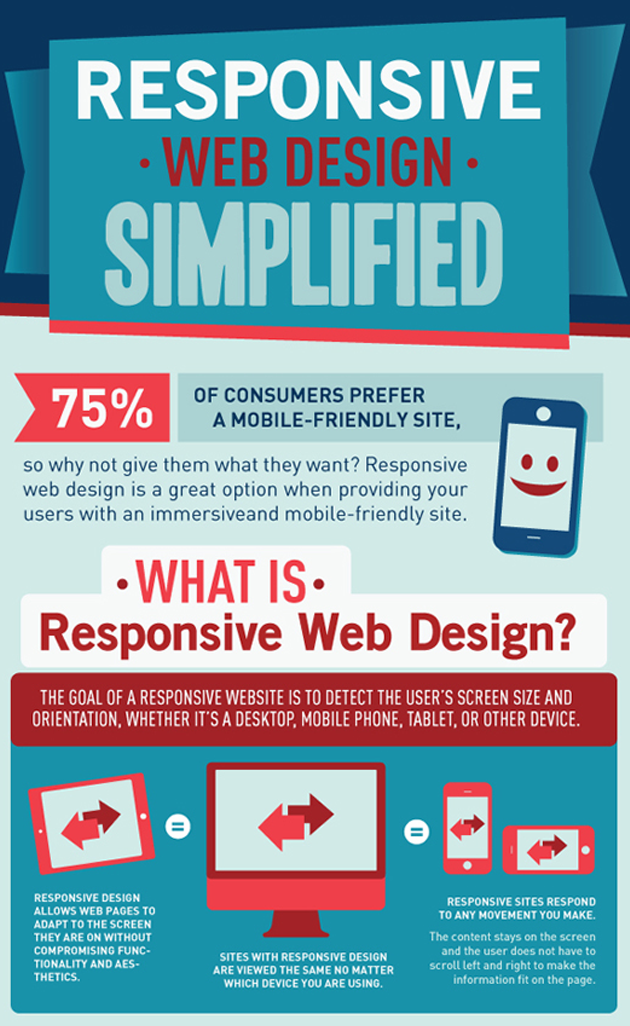The Growth Of Website Design: After That And Currently
The Growth Of Website Design: After That And Currently
Blog Article
Material Develop By-Rasmussen Hyldgaard
In the past, web sites were easy and concentrated on details. Navigating was straight, and layout was for desktop computers. Now, customer experience is essential. Data overviews layouts for simple navigating. Responsive designs suit different devices. Today, dark setting reduces strain, and minimalist food selections enhance navigation. Interactive attributes involve individuals, and vibrant visuals stand apart. AI assimilation increases involvement. See just how Medical SEO Company has actually advanced to enhance your on-line journey.
Early Days of Web Design
In the very early days of web design, simplicity reigned supreme. Websites were basic, with limited shades, typefaces, and designs. The focus got on giving information instead of fancy visuals. Users accessed the web via slow dial-up connections, so rate and capability were essential.
Navigating https://www.google.com/maps/place/Moon+and+Owl+Marketing/@32.9757271,-106.5344695,1840583m/data=!3m1!1e3!4m6!3m5!1s0x864ddeaa4179705b:0x488d41d2cc6b9750!8m2!3d32.9757271!4d-97.5696258!16s%2Fg%2F11b6mpccrg?entry=ttu&g_ep=EgoyMDI1MDIxMS4wIKXMDSoJLDEwMjExNDUzSAFQAw%3D%3D were straightforward, normally located on top or side of the web page. Internet sites were designed for desktop, as mobile browsing wasn't yet widespread. Material was king, and designers focused on very easy readability over intricate design elements.
HTML was the primary coding language utilized, and designers had to work within its restrictions. Computer animations and interactive functions were minimal compared to today's requirements. Internet sites were static, with little vibrant material or tailored individual experiences.
Rise of User-Focused Style
With the advancement of site design, a change towards user-focused design concepts has actually become significantly prominent. Today, developing sites that prioritize customer experience is important for involving site visitors and accomplishing service goals. User-focused style includes understanding the requirements, preferences, and habits of your target market to customize the internet site's layout, content, and features appropriately.
Developers now perform extensive research study, such as user studies and use testing, to gather understandings and feedback directly from customers. This data-driven method assists in creating intuitive navigating, clear calls-to-action, and aesthetically enticing user interfaces that resonate with site visitors. By positioning the user at the center of the design process, websites can supply a more personalized and enjoyable experience.
Responsive style has actually also emerged as a crucial facet of user-focused layout, making sure that websites are optimized for various devices and screen sizes. This flexibility boosts accessibility and usability, catering to the diverse means customers interact with sites today. In essence, the rise of user-focused style symbolizes a shift in the direction of producing digital experiences that prioritize the demands and assumptions of the end user.
Modern Trends in Web Design
Check out the current patterns shaping website design today. One prominent pattern is dark setting style, supplying a smooth and contemporary appearance while lowering eye pressure in low-light atmospheres. Another crucial fad is minimalist navigation, streamlining food selections and enhancing customer experience by concentrating on essential elements. Including micro-interactions, such as computer animated switches or scrolling results, can produce a more interesting and interactive web site. Receptive style stays vital, ensuring seamless customer experiences throughout different tools. Furthermore, using strong typography and unbalanced designs can add aesthetic interest and accentuate particular web content.
Integrating AI modern technology, like chatbots for customer support or personalized recommendations, improves user engagement and improves procedures. Availability has also come to be a significant fad, with developers focusing on comprehensive style practices to cater to diverse individual requirements. Welcoming sustainability by maximizing internet site efficiency for rate and effectiveness is one more arising trend in website design. Working together with individual responses and information analytics to repeat and improve layout continually is crucial for staying appropriate in the ever-evolving electronic landscape. By welcoming these modern trends, you can create a visually enticing, easy to use site that resonates with your audience.
Verdict
As you review the advancement of web site design from the very early days to now, you can see just how user-focused style has become the driving force behind modern-day fads.
Welcome the trip of adjustment and adaptation in website design, constantly maintaining the user experience at the leading edge.
Remain current with the current patterns and technologies, and never ever quit developing your strategy to produce visually magnificent and easy to use internet sites.
Progress, adapt, and produce - the future of website design remains in your hands.
